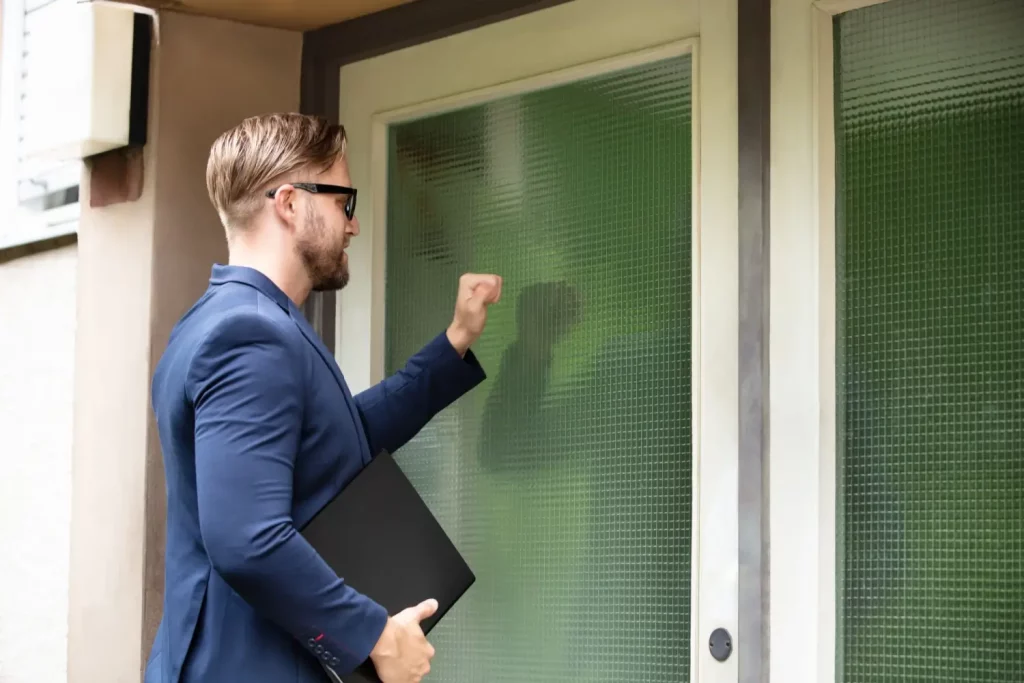Bankruptcy is a legal process that allows individuals who are unable to pay their debts to get a fresh start. In Canada, there are different types of discharge available in bankruptcy. In this blog post, we will discuss these types of discharge and what they mean for individuals who have declared bankruptcy.
Key Takeaways
- 1. Automatic Discharge
- 2. Absolute Discharge
- 3. Conditional Discharge
- 4. Suspended Discharge
- 5. Refused Discharge
1. Automatic Discharge
An automatic discharge occurs when an individual is automatically released from bankruptcy after a certain period of time. The length of time that an individual must wait before being automatically discharged depends on a few factors, including whether or not it is their first bankruptcy, the amount of surplus income they have, and if they have fulfilled all of their duties as required by the bankruptcy process. In general, first-time bankrupts with no surplus income can be automatically discharged after 9 months, while those with surplus income may need to wait up to 21 months.
2. Absolute Discharge
An absolute discharge is granted by a court after a hearing. This type of discharge means that an individual is released from their bankruptcy, without conditions. The discharge is instant and does not require further action.
3. Conditional Discharge
A conditional discharge is similar to an absolute discharge, but it comes with certain conditions that the individual must fulfill. For example, the court may require the individual to make payments towards their debts or attend additional credit counseling. If the individual fails to meet these conditions, the conditional discharge may be revoked, and they may be required to go back to bankruptcy.
Read our guide – Can I keep my house and car if I go bankrupt?
4. Suspended Discharge
A suspended discharge is granted by the court but is suspended for a certain period of time. During this time, the individual may be required to fulfill certain conditions, such as making payments towards their debts or attending credit counseling sessions. Once the conditions are met and the suspension period has expired, the discharge is granted, and the individual is released from their bankruptcy.
5. Refused Discharge
A refused discharge is rare, but it can happen if the individual has not fulfilled their duties as required by the bankruptcy process. This can include failing to attend credit counseling sessions or failing to disclose all of their assets. If the court refuses to grant a discharge, the individual remains bankrupt and is not released from their debts. This can be disputed after 12 months.
In conclusion, there are different types of discharge available in bankruptcy in Canada. The type of discharge an individual receives depends on a variety of factors, including their financial situation and whether or not they have fulfilled their duties as required by the bankruptcy process. It is important to speak with a licensed insolvency trustee to understand which type of discharge is most appropriate for your situation.











